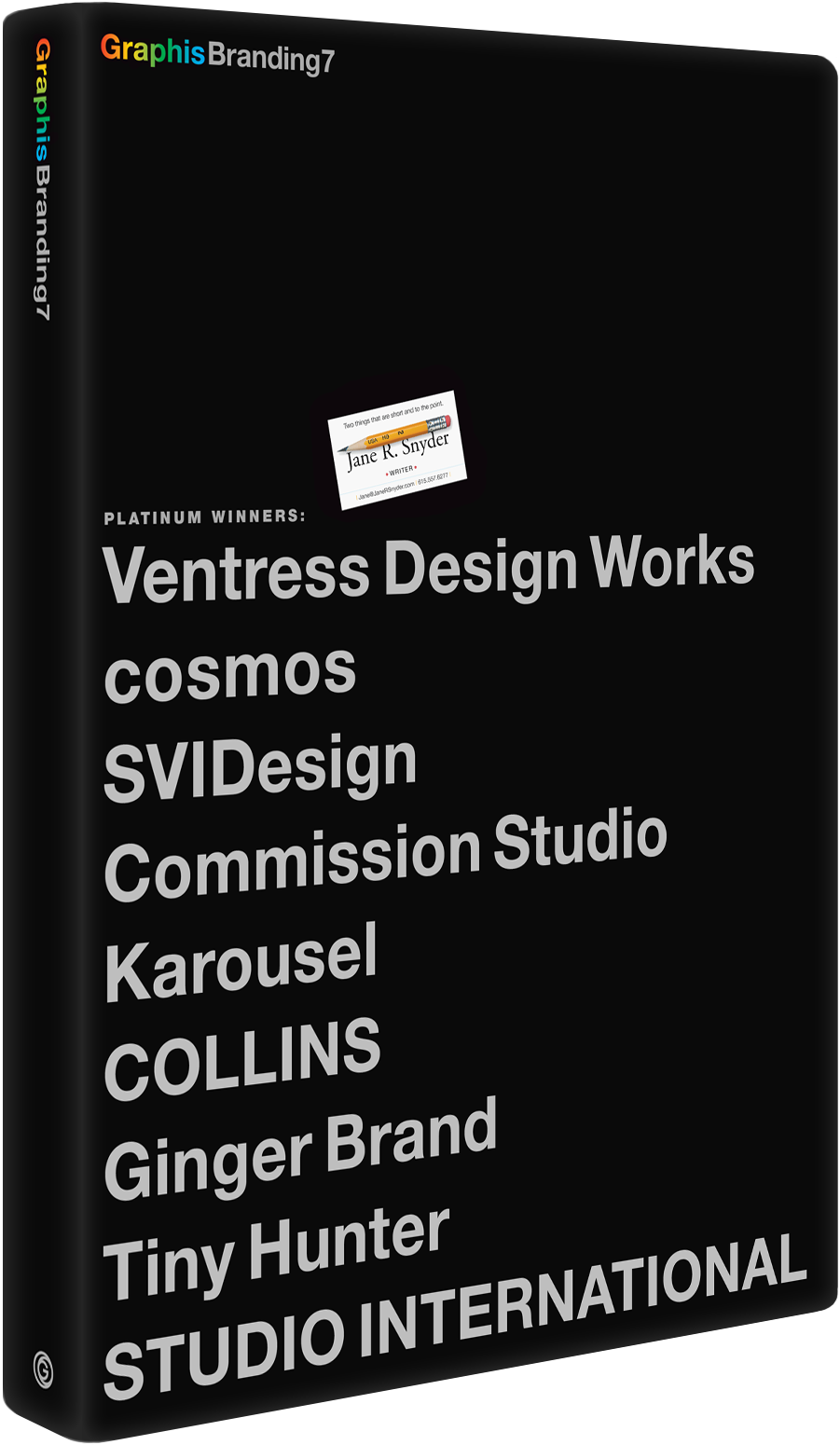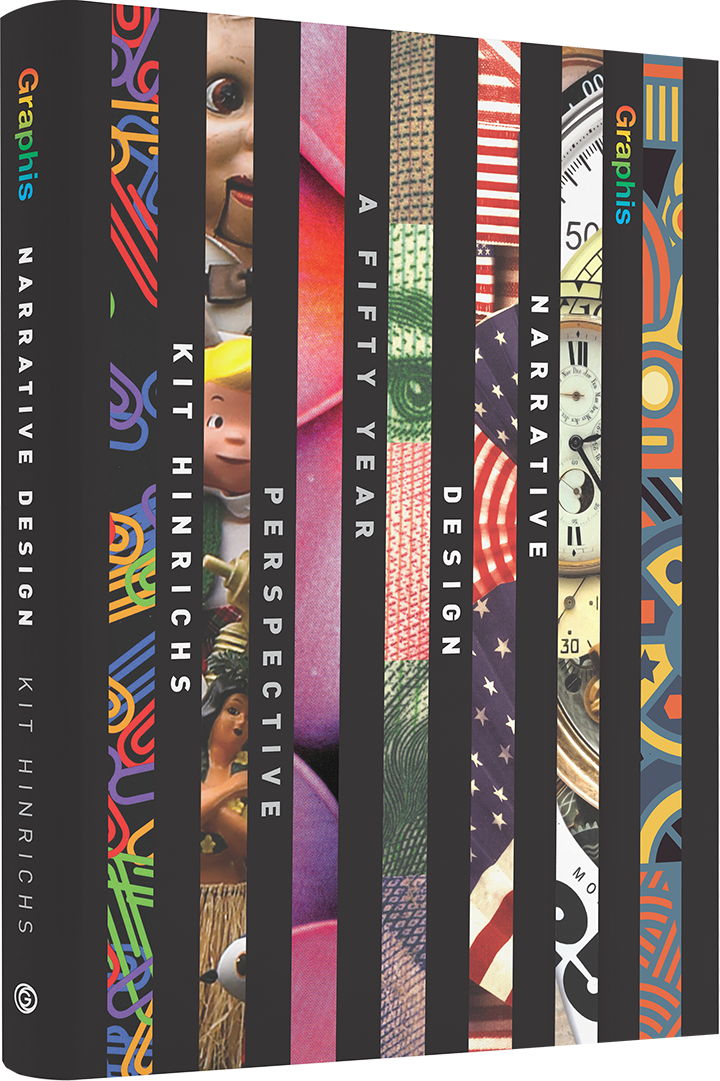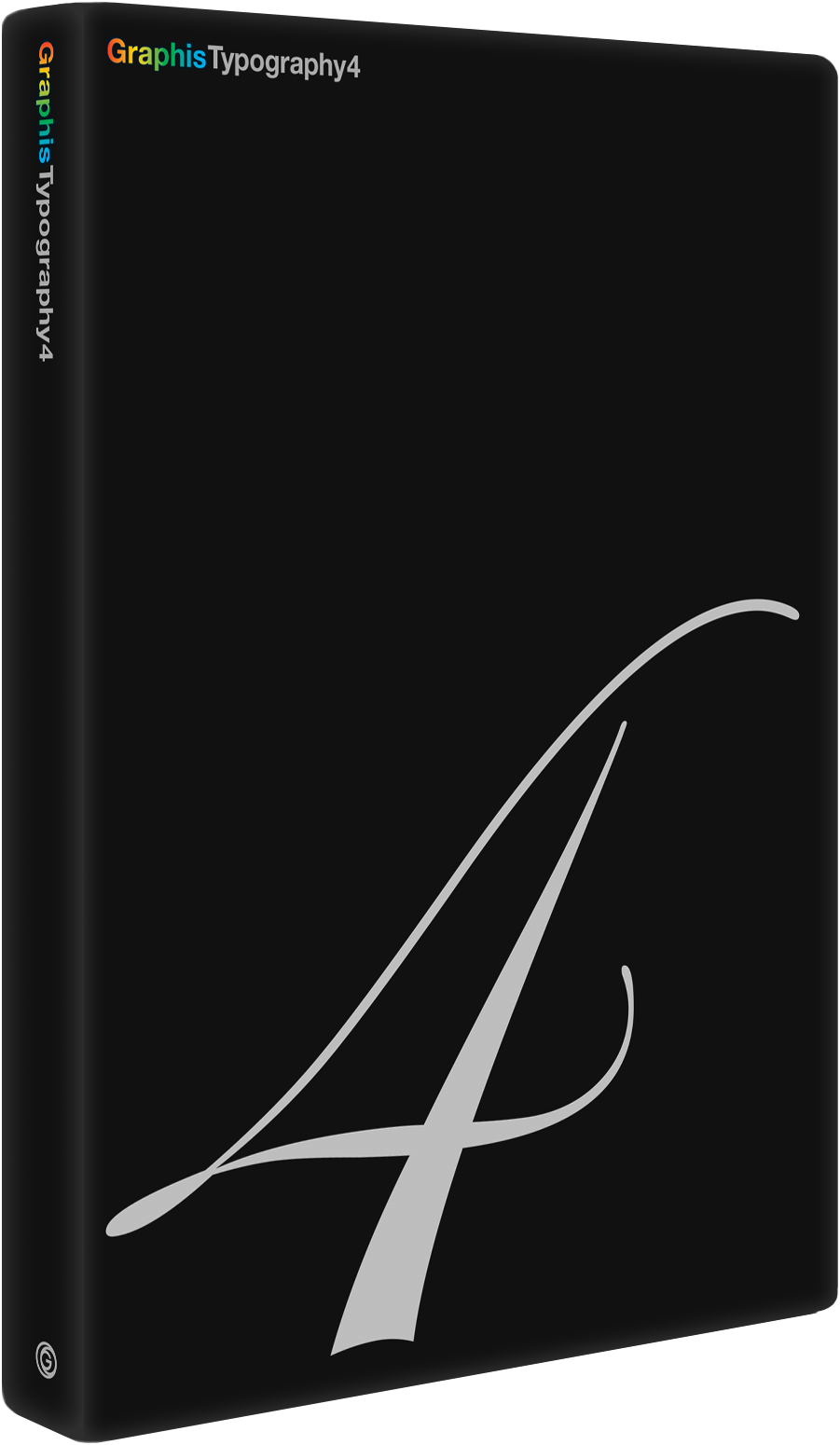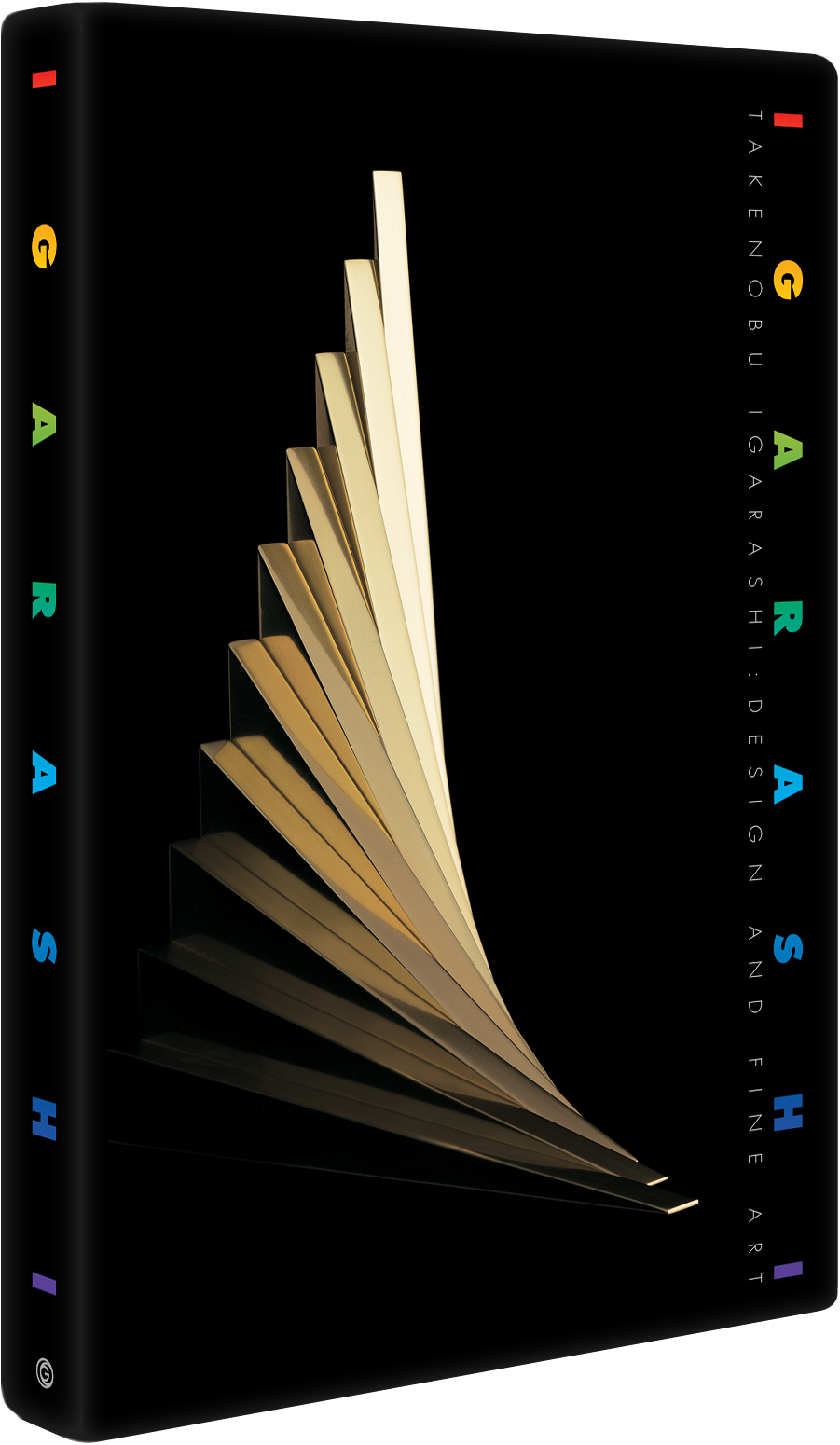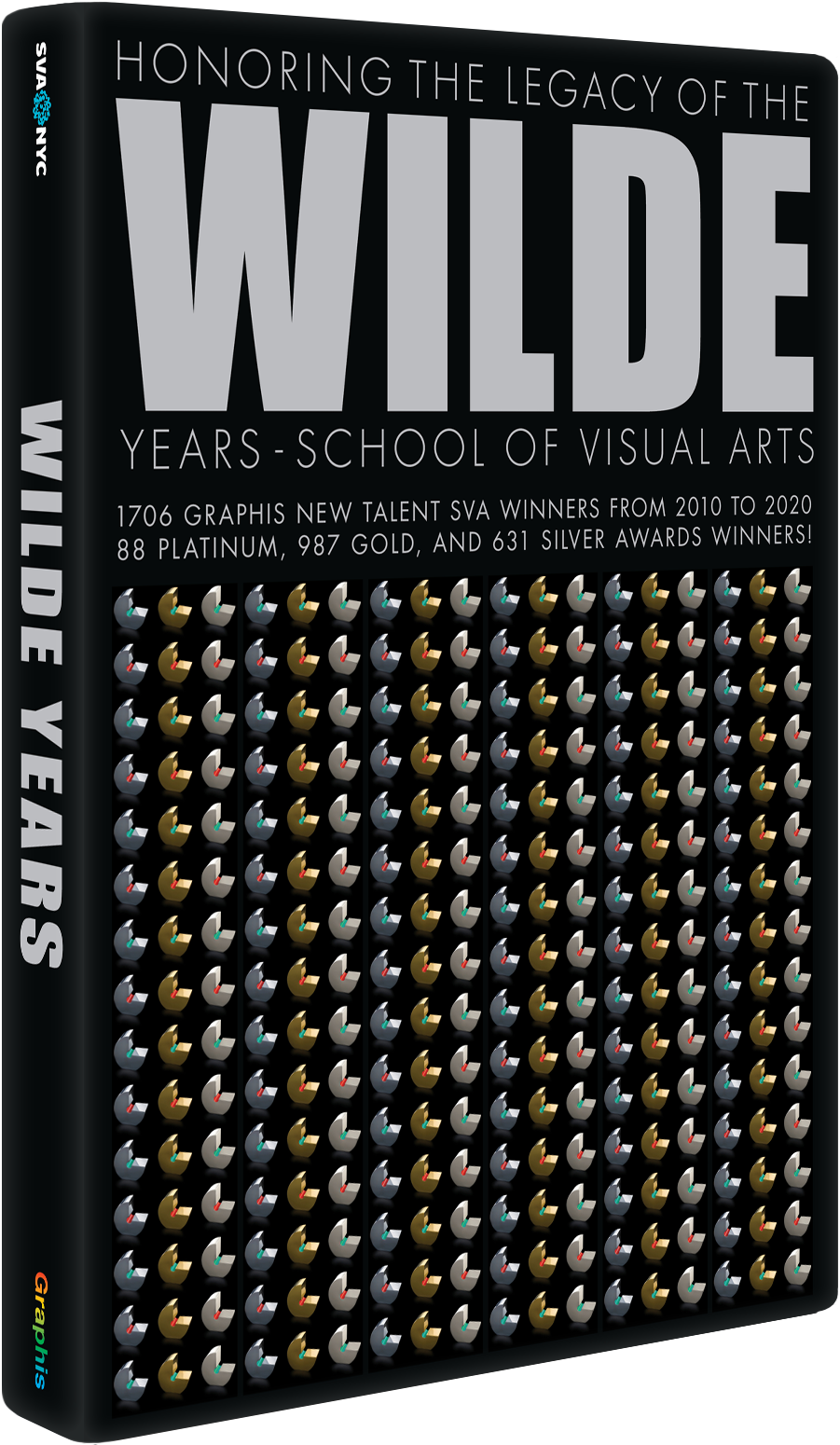Our Senses: An Immersive Experience
Competition:Design Annual 2019
Award:Silver
Design Firm:American Museum of Natural History (In-House)
Client:American Museum of Natural History
Categories:Exhibit, Print
DesignerExhibition Department
WriterMargaret Dornfield
WriterMartin Schwabacher
ResearchJose Ramos
Project CoordinatorRon Demetrio
Production ManagerToni Gabor
Graphic DesignersElizabeth Anderson
Graphic DesignersMichael Prisco
Graphic DesignersJoshua Marz
Graphic DesignersEleanor Kung
Graphic DesignersEmma Fleming
Exhibition DesignerCine Ostrow
Editor-In-ChiefSasha Nemecek
Design DirectorMichael Meister
Creative DirectorLauri Halderman
Content StrategistRob DeSalle
Art DirectorCatharine Weese
Country:United States







